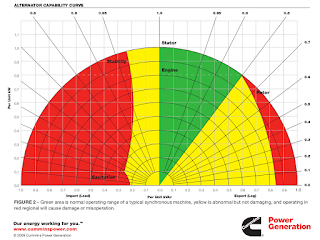Half Day Data Center Site Tour (Tier III+)
Sponsored by OneAsia Network Limited (www.oneas1a.com)
The half-day site tour is arranged to demonstrate the critical power, cooling facilities and data center management solutions by a new Tier III+ data center in Hong Kong. The tour also provides an interactive environment and opportunities for the our engineers to exchange professional views on mission-critical facilities with a hands-on and immersive experience.

* Pre-registration required
* 10-minute walk from Kowloon Bay MTR Station
* Grand opening in November 2017
For the site tour details, please visit www.stmedia-asia.com/data-center-tour.html.

Mission-Critical (Data Center) Facilities Design & Infrastructure Engineering (2-day)
(19 - 20 July 2018, approved CPD course by CIBSE UK)
Designed for Building Services Engineers, Facilities / Data Center Managers, IT Management, etc., this is a high quality course to enrich and update your knowledge in mission-critical facilities' design and build. The course is more than a general introduction for data center and critical infrastructure:-
- Cabinet layout
- Raised floor system
- Data center network and structure
- Telecommunication backbones, redundancy, sizing and planning
- Fiber and optical system design
- Fiber and optical cable components
- Copper cabling components
- Copper system design and high speed ethernet
- Cable distribution, layout and management
- Earthing / grounding and bounding
- Power (1) – high / low voltage system, switch system, etc.
- Power (2) – UPS, transformers, fuel tanks, generators, etc.
- Cooling (1) – cooling topology, hot / cold aisle, etc.
- Cooling (2) – chiller, CRAC, cooling towers, etc.
- Environmental management system
- Physical security
- Fire protection system
Date: 19 - 20 July 2018 (Thursday - Friday)
Time: 10:00 – 17:30
Venue: 19/F, New Victory House (Officeplus), 103 - 93 Wing Lok Street, Sheung Wan, HK
(Exit A2, Sheung Wan MTR Station)
Fee: Special rate for CIBSE / HKIE all membership classes
For details, please refer to www.stmedia-asia.com/newsletter_6.html.
All sections are conducted by Chartered Engineers (CEng) who have more than 20 years experience in electrical engineering, project management, sustainable engineering and facility engineering for critical services.
Enrollment & Registration
Complete and return an Application Form together with a crossed cheque made payable to “Strategic Media Asia Limited” - Room 403, 4th Floor, Dominion Centre, 43 - 59 Queen's Road East, Hong Kong.
About the Organizer
Strategic Media Asia Limited (SMA) is one of the approved CPD course providers of the Chartered Institution of Building Services Engineers (CIBSE). The mission is to provide an interactive environment and opportunities for the engineers to exchange professional views and experience on critical infrastructure and data center services.
For details, please visit www.stmedia-asia.com/about.html or subscribe to this knowledge blog for more readings in critical facilities design.









